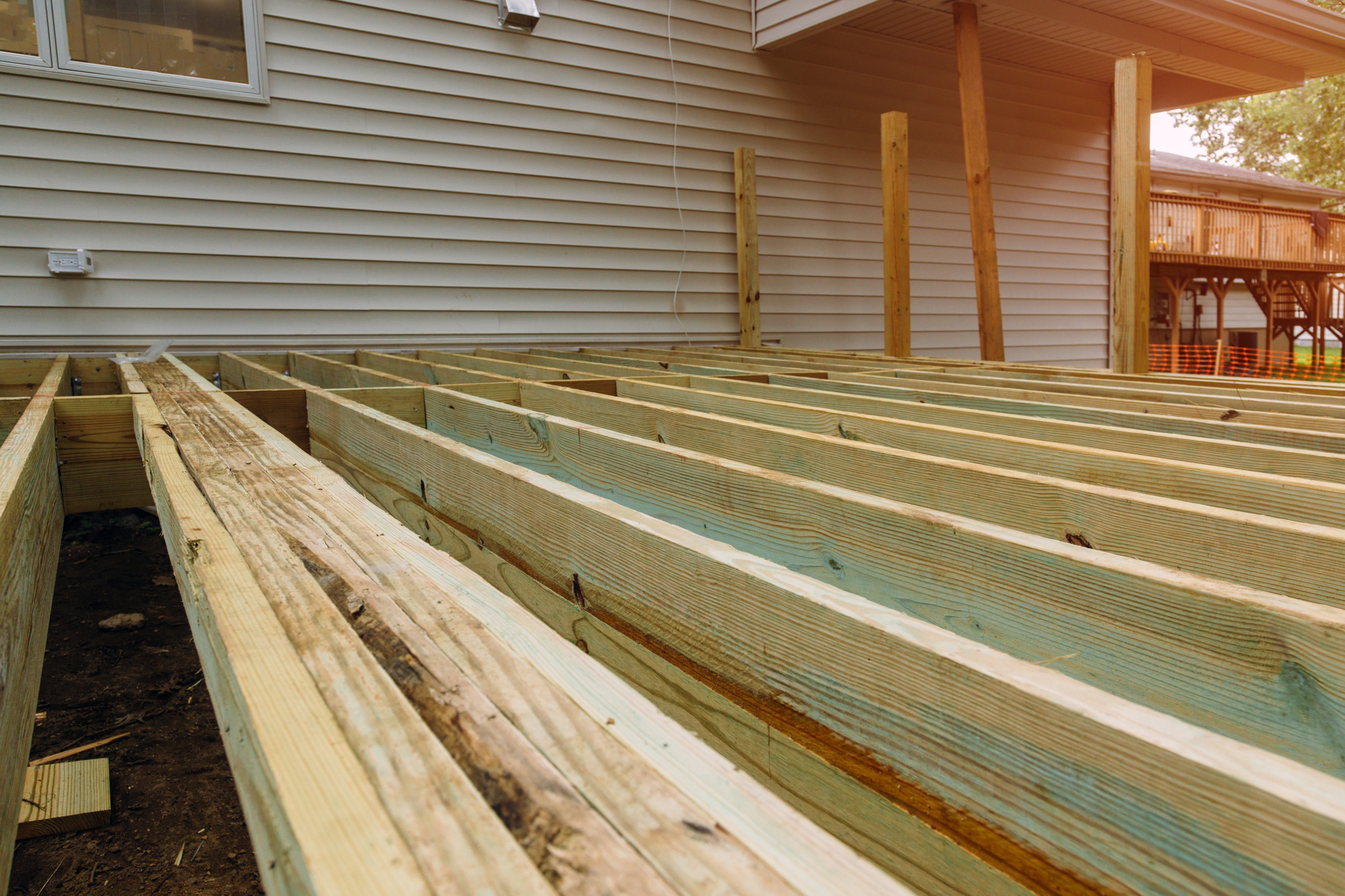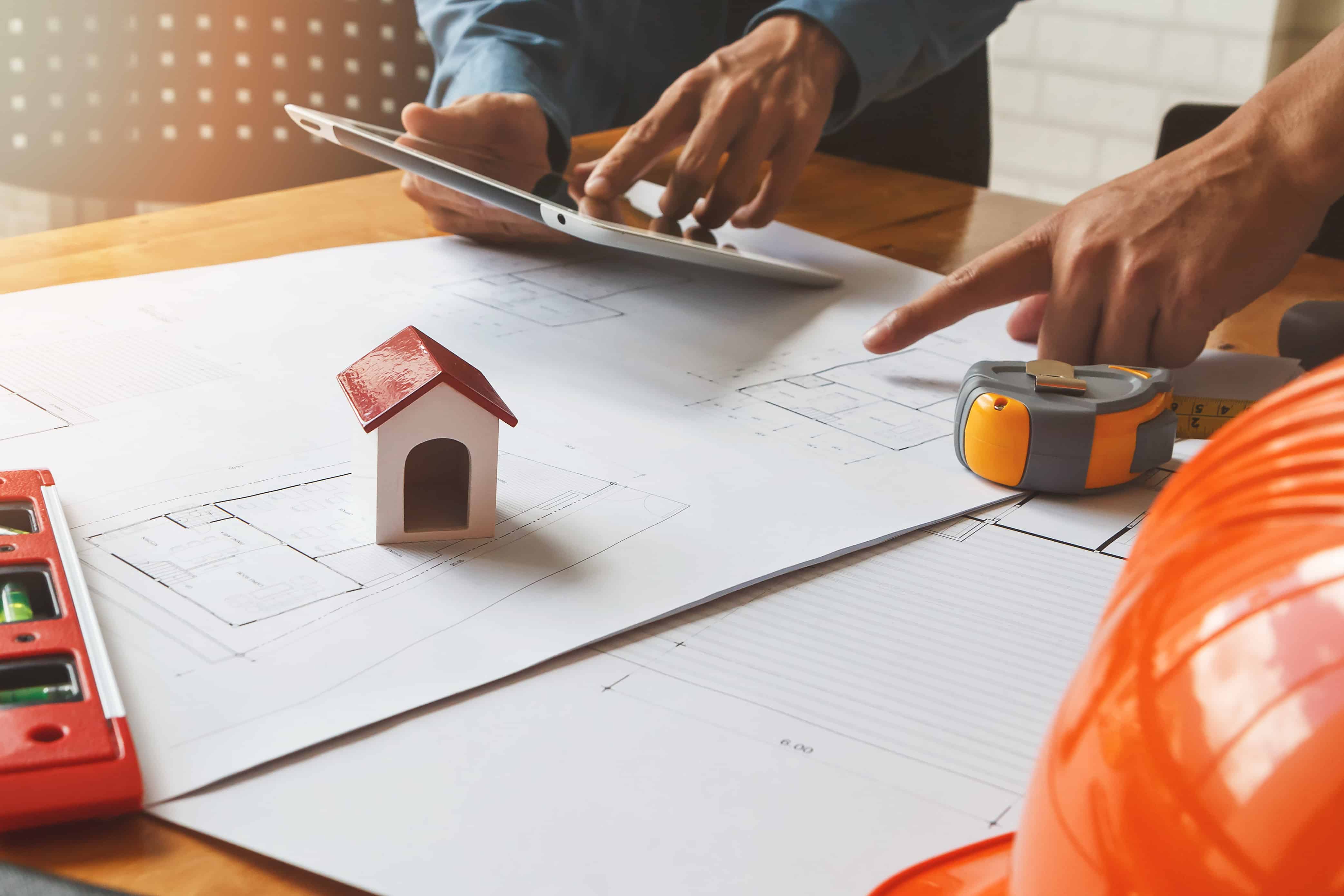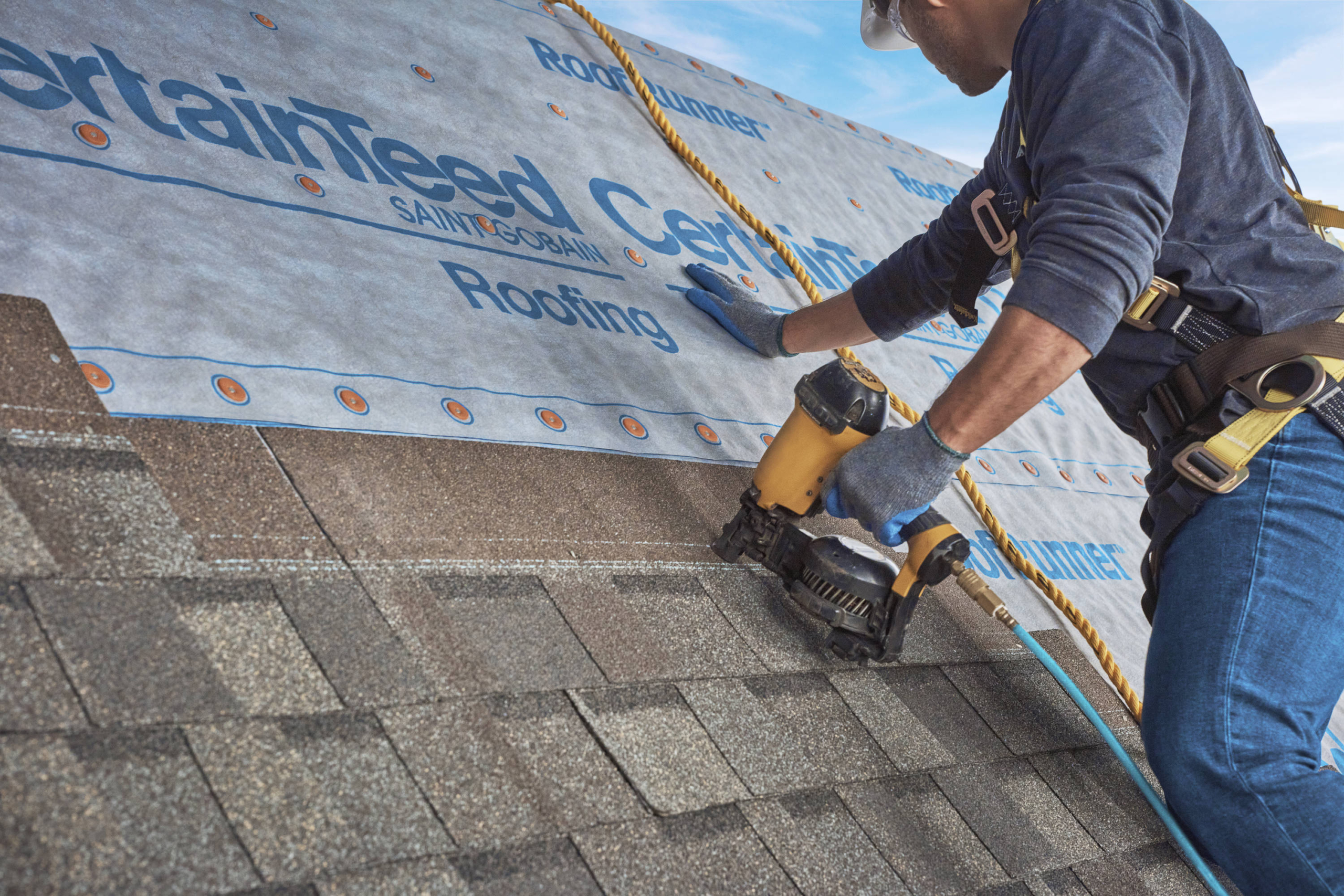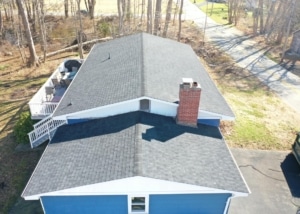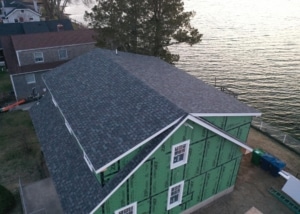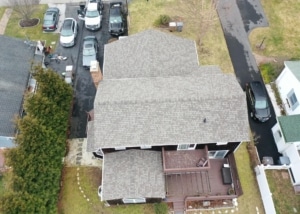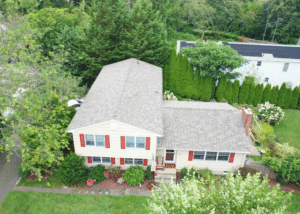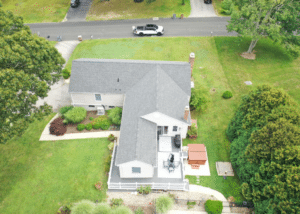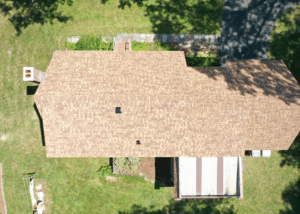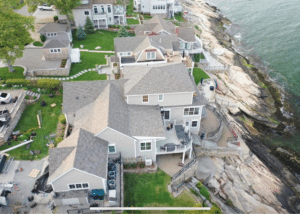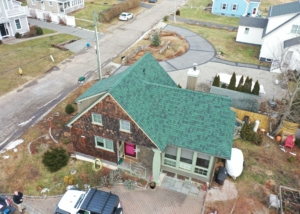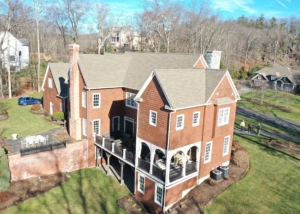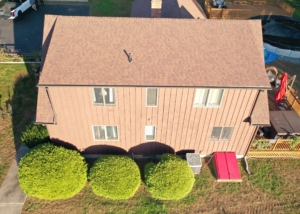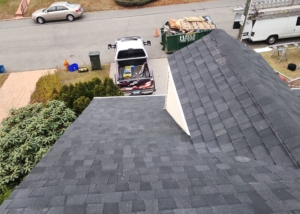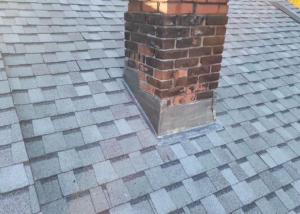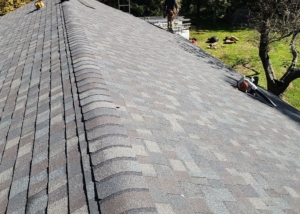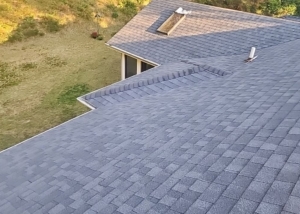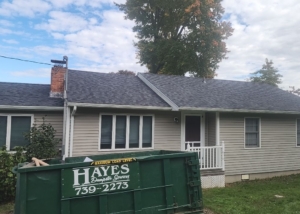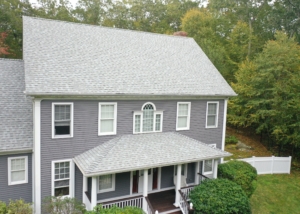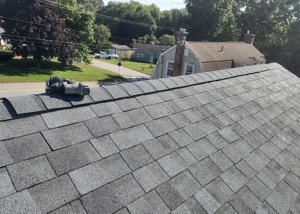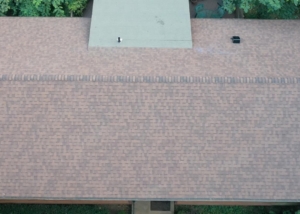Pressure-treated lumber tends to be the most common material for the lower structural part of the deck. Although code requirements may determine lower decking materials, there are several options available for the top deck. One way to renovate a deck is to remove old deck materials from an existing deck and replace them. This method reduces costs since the entire outdoor decking structure does not need to be rebuilt.
- Composites: Most composite material is made of recycled plastics and wood fibers. Wood composite is a popular material due to its softness underfoot and durability. Wood composite decks don’t ever need staining or sealing. However, colors can fade over time, especially in sunnier areas. While composites are low-maintenance, they are not maintenance-free. Like other outdoor decking materials, you must periodically clean composite wood of moss, mold, and mildew, especially if the deck is in shade.
- Fiberglass: “Fiberglass deck material is very popular now,” said Chris. “It can be painted or stained and it lasts forever.” Slip-resistant fiberglass panels overlap to form a continuous solid surface, which is beneficial when decking over a lower area needs to stay dry. Fiberglass deck panels do not rot, rust, or harbor mildew; which makes this material ideal for high-moisture conditions.
- Tropical hardwoods: Ipe and tigerwood are two common species of tropical hardwoods used for decking materials. These dense woods are difficult to cut and drill, but their density means that the deck’s longevity will beat that of pressure-treated wood, redwood, and cedar. Because of their natural fire resistance, building codes may allow some tropical hardwoods in situations where other woods aren’t an option. Tropical hardwoods are expensive—but they may help both the deck and the home maintain value over the years, even into resale.
- Redwood and cedar: Redwood and cedar are softwoods mainly sourced from western states. These materials are a good compromise between expensive tropical hardwoods and pressure-treated wood. These kinds of wood are imbued with natural tannins and oils, and do not require chemical preservatives.
- Pressure-treated wood: The most economical choice is pressure-treated wood. Southern yellow pine, which is pressure-injected with chemicals that help the wood resist rot and wood-boring insects, is popular. One disadvantage to pressure-treated wood decking is that the wood splinters easily and isn’t safe for walking on with bare feet. Be sure to always coat pressure-treated deck materials on top to extend their durability. Because of these issues, Sweeten contractor Chris says that pressure-treated wood has become less popular for upper deck materials, though it is always used for the lower structure.
Call us:
At BP Builders we know about roof repairs.
We also know when to replace a roof.
Ask for our advice.
Call us today for all your roofing needs.

